
Colons and semicolons are both used to separate clauses of a sentence. This separation is made by either one or more words or phrases which can be on either side of the semicolon. A semicolon always has the same meaning as a colon, but it cannot have an empty space before it.
A colon introduces something, usually after an independent clause. It often serves to indicate what follows is related in some way to what precedes it. For example, the flag was red; I had no choice but to surrender: this second part explains why the first part happened. Colons are also used after salutations in business letters, book titles or subtitles that introduce multiple main clauses and figures of speech.
A semicolon is used to separate two independent clauses; it can also be used to separate items in a list, particularly when those items contain commas. When a comma has already been used before the semicolon, this means that there could have been a comma instead of a semicolon – but the writer chose to use the semicolon for some reason. One common reason is disjunction – intentionally creating distance between related phrases or words as opposed to using conjunctions such as "and" and "but". Now let's see the difference between colons and semicolons!
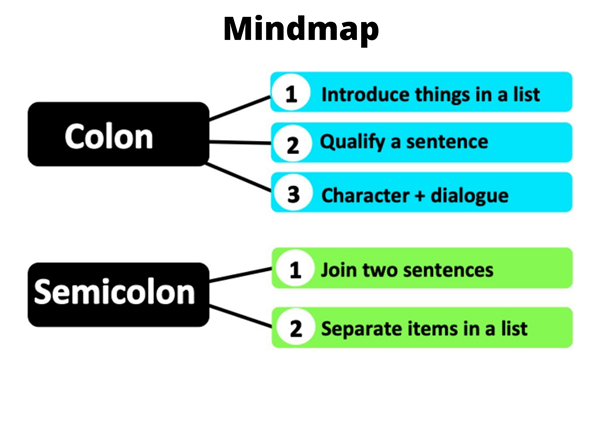
Colons Vs Semicolons in History
In the 18th century, a period ended a sentence, as did a semicolon. Semicolons were still used before the 20th century; they became less common but were not replaced by colons. Some punctuation guides may have begun to recommend using colons instead of semicolons; however, this had not yet occurred for many major styles, including academic and journalistic writing. There was an exception: newspapers began replacing semicolons with periods in headlines beginning in the 1890s.
Using Colons and Semicolons
Semicolon Usage
The Oxford Guide to Style recommends avoiding comma splices within independent clauses linked by coordinate conjunctions (and, or, nor) preceded by modifiers such as "however". The use of two independent clauses with only a comma between them is called a comma splice. Since the mid-20th century, however, this has been avoided in some style guides.
Although most modern authorities recommend using semicolons to separate sentences, colons are sometimes used instead when the main clause of an independent clause is followed by additional information (a "sub-element"). Using colons in place of semicolons can make the text more difficult to read. If one or more words appear before the semicolon, there should be no space between these words and the semicolon, and each word after the semicolon should be separated from it by a space.
Semicolons are especially important in ordered lists, where they provide clarity and prevent confusion. An example: "It was essential that he get up immediately; he was already very behind schedule." Using only commas for this sentence would result in undue separation of ideas: "It was essential that he get up immediately. He was already very behind schedule." The meaning of the removal of the comma before the conjunction is not totally clear: does it belong to both clauses or just the second? Does "he" refer to someone other than the speaker? Using semicolons prevents such ambiguity.
Learn how to acknowledge any source of information using the APA 7th style.
Download Now
Semicolon Usage in Sentences
Cases where a semicolon may be used:
A sentence begins with an adverbial dependent clause: "When I arrived, the party was over." A complex series of sentences, one per item in a list with internal punctuation: "I went to the supermarket; I bought bread, eggs, and milk; I went home; I made a sandwich." If there is ambiguity as to whether items in a list are separate sentences or not ("I love reading, cooking, and going for walks"), a colon can be used instead of a semicolon. One independent clause followed by another independent clause connected with a coordinating conjunction. This is sometimes called a fused sentence. For example: "I went to the store; it was closed." A complex sentence with a subordinating conjunction. For example: "If I had money, I would buy a car" can be rewritten as "Although I have no money, I would still like to buy a car."
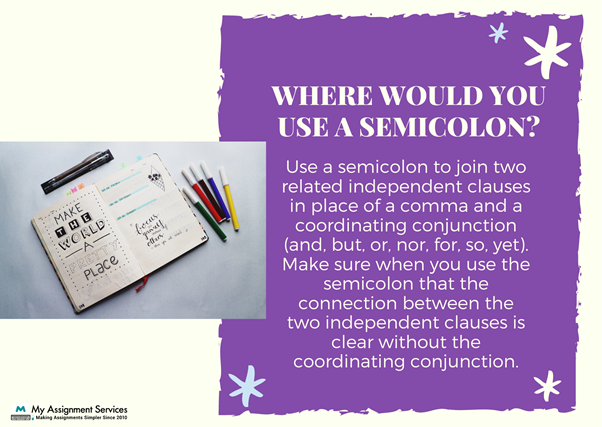
Cases where a semicolon cannot be used:
A sentence begins with an adverbial independent clause: "When I arrived, the party was over." A simple series in which each item is not itself a complete sentence: "I went to the supermarket, and I bought bread, eggs, and milk." If there is ambiguity as to whether items in a list are separate sentences or not ("I love reading, cooking, and going for walks"), a comma may be used instead of a semicolon. Several complete sentences are joined with conjunctive adverbs: "I went to the store; it was closed." A complex sentence containing an -ing verb form acting as a gerund, but not beginning with subordinating conjunction: "When I arrived, the party was over".
Colon Usage in Sentences
Cases where a Colon may be used:
A sentence beginning with an adverbial dependent clause: "When I arrived, the party was over: it had gone on into the small hours." A complex series in which each item is itself a complete sentence and can stand as a complete sentence before another conjunction or end punctuation (Oxford guide to style): "I went to the supermarket; I bought bread, eggs, and milk; I went home." If there is ambiguity between whether items in a list are separate sentences or not ("I love reading, cooking, and going for walks"), commas can be used instead of colons. For example: "I went to the store; it was closed." A complex sentence containing an -ing verb form acting as a gerund that begins with subordinating conjunction: "When I arrived, the party was over; having failed to find her there, I left immediately."
Cases where a Colon cannot be used:
A sentence begins with an adverbial independent clause: "When I arrived, the party was over. Having had enough, I decided to go home early." A series in which each item is not itself a complete sentence: "I went to the supermarket, bought bread, eggs, and milk, and came home." Several complete sentences are joined with conjunctive adverbs: "I went to the store; it was closed, so I stayed home." A complex sentence containing an ‘-ing’ verb form acting as a gerund that does not begin with subordinating conjunction: "When I arrived, the party was over my having failed to find her there".
Still Have Doubts? Connect with Our Experts!
The two main punctuation marks used to separate, and link items in a list are the colon and the semicolon. However, there is no hard and fast rule as to when each should be used: it's best to look at individual sentences and clauses closely, look for particular patterns of thoughts or phrases, and see which one appears more often than not as either a separator or a connector. For example, if you were writing an essay about your interests, you might use colons after "cooking" but semicolons after "reading": "I love cooking; I also enjoy reading." If you wanted to make it clear that both activities happened on different days of the week, however, you might revise it as follows: "I love cooking; reading, and I do so especially on Mondays."
There is some overlap between the two, so you generally want to focus on what exactly it is that you're trying to say. If in doubt, however, on the side of caution and use a semicolon: while they become less and less acceptable as we move further away from their traditional usage, colons still have that slightly pretentious air about them. If you still have doubts about where to use them and how to use them in your assignments, feel free to get in touch with the experts at My Assignment Services!
Related Study Materials
Our Experts can answer your Assignment questions instantly.
Ask Question0 Comment
Get It Done! Today
1,212,718Orders
4.9/5Rating
5,063Experts





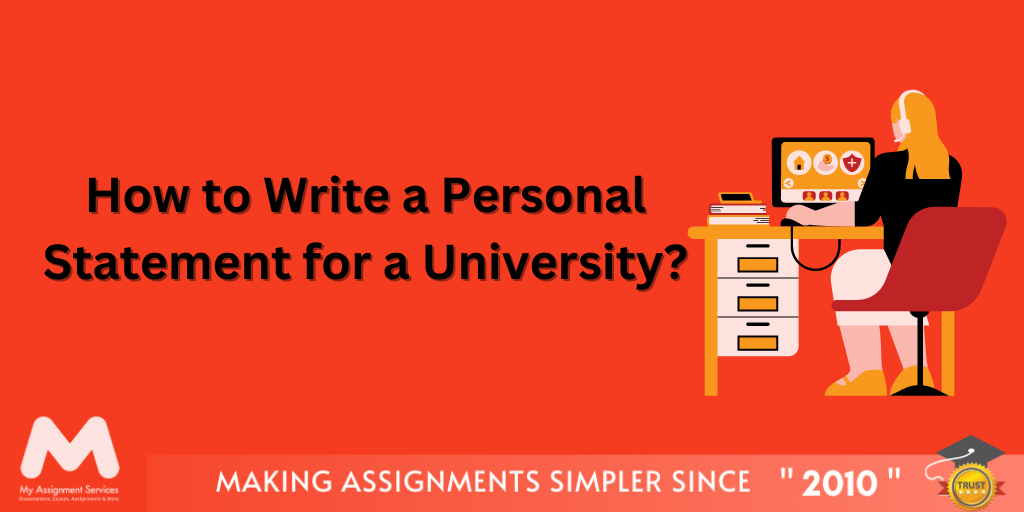
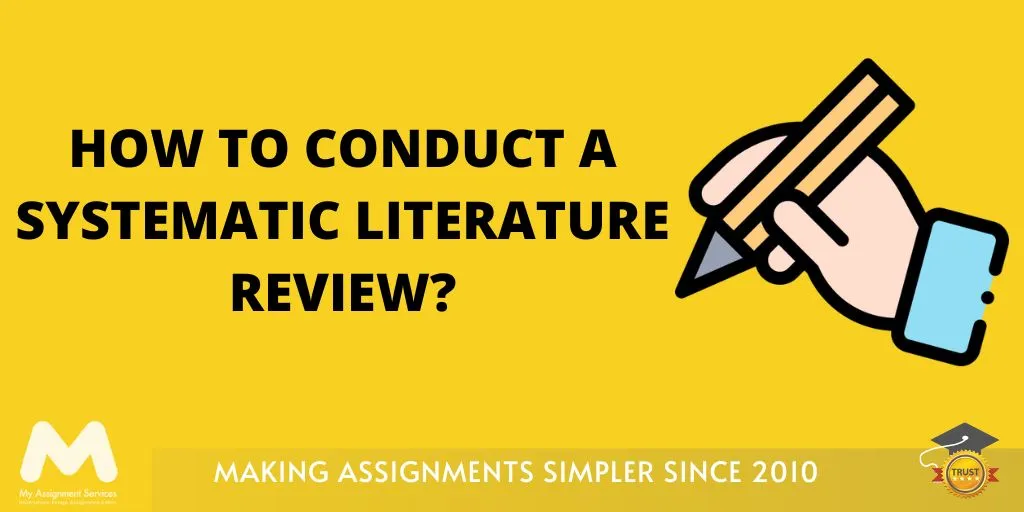
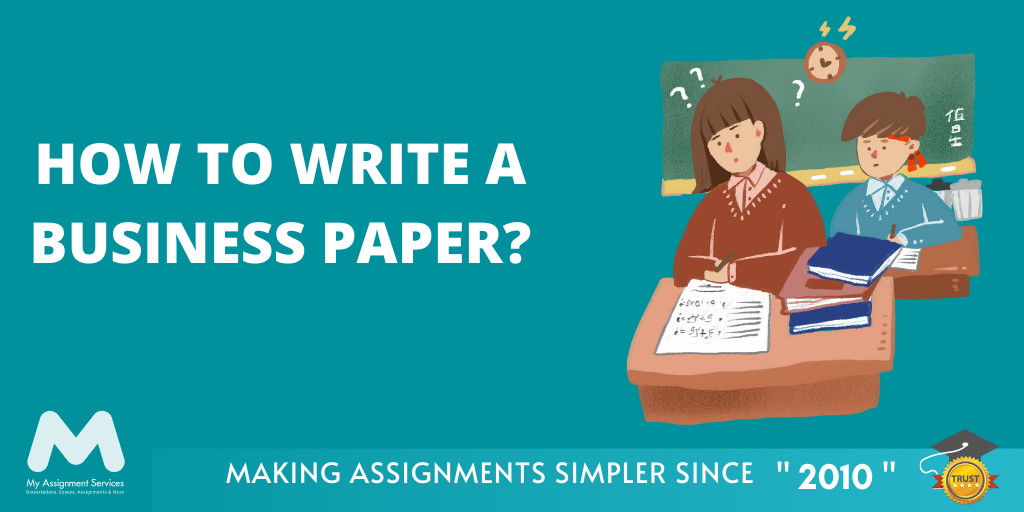





Loved reading this Blog? Share your valuable thoughts in the comment section.
Add comment